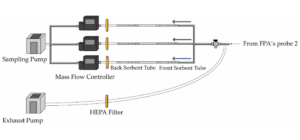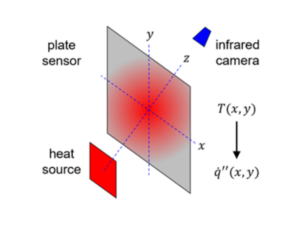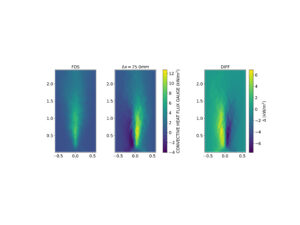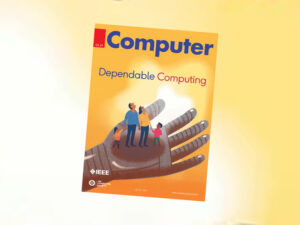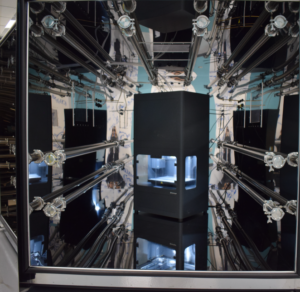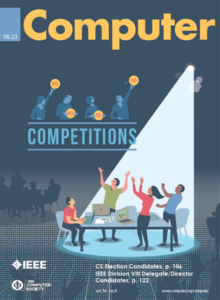Xplorlabs’ Science of Thermal Runaway featured in National Science Teaching Association Journal
Institute for Research Experiences & Education Xplorlabs educators publish article in esteemed national journal for science teachers
Teaching students about thermal runaway and the dangers of overcharging can have a major impact on their behaviors.
An article on Xplorlabs’ thermal runaway pathway was recently published in the National Science Teaching Association’s journal, The Science Teacher, by Amy Gilbert, Ph.D., Xplorlabs education expert with UL Research Institutes’ Institute for Research Experiences & Education and assistant professor at Kennesaw State University, and Ann Dubick, a career middle school science teacher, doctoral candidate, and 2024-25 Xplorlabs Educator Fellow.
Gilbert and Dubick collaborated on lessons to teach middle schoolers the science behind the phenomenon using Xplorlabs’ content and resources on thermal runaway, and showed lab footage from ULRI’s Fire Safety Research Institute demonstrating an intentionally overcharged e-scooter.
The publication highlights how the authors’ successful experiences teaching students in the classroom combined with professional development work on thermal runaway led to engaging lessons on overcharging batteries and the phenomenon that is thermal runaway.
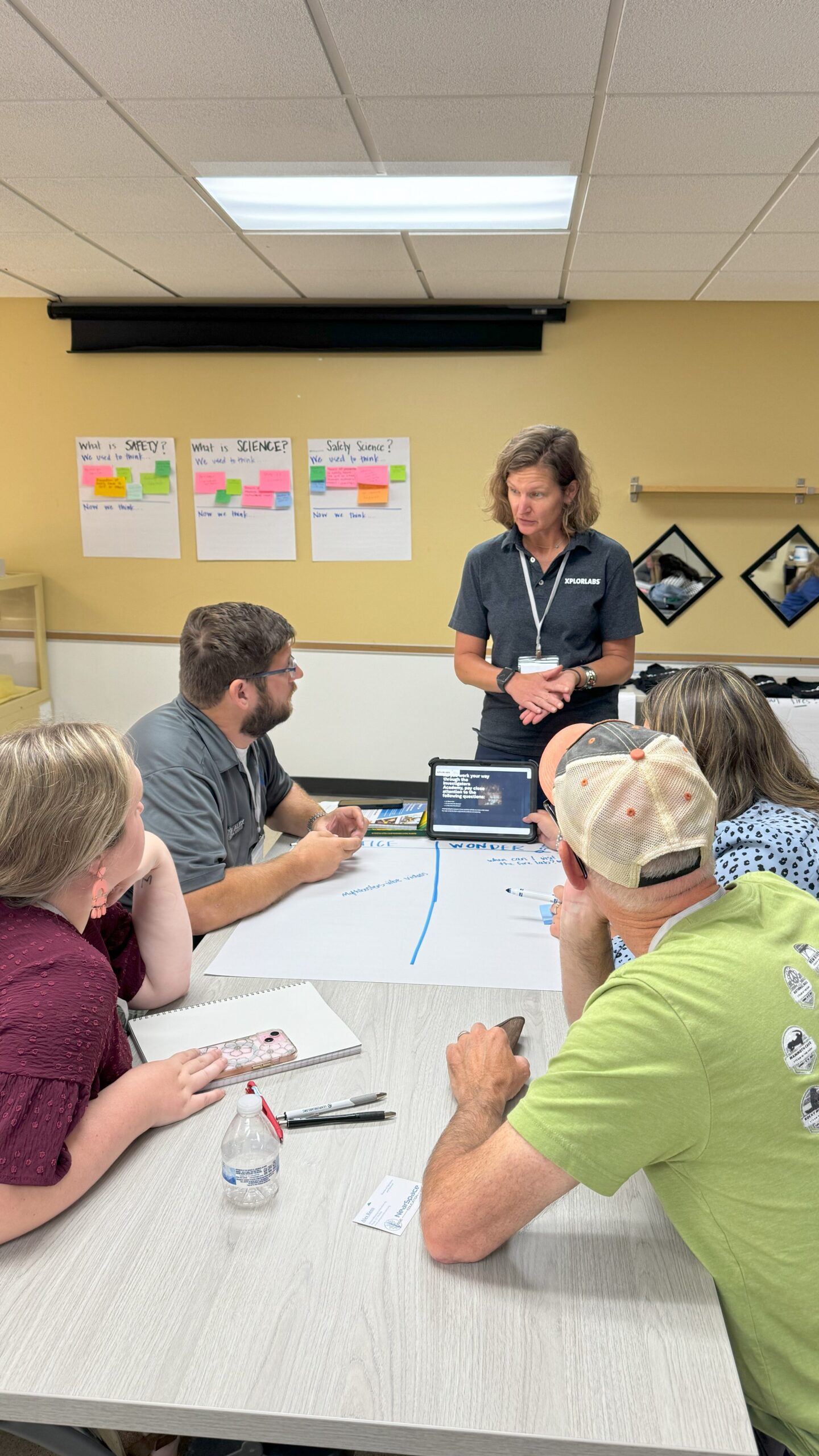
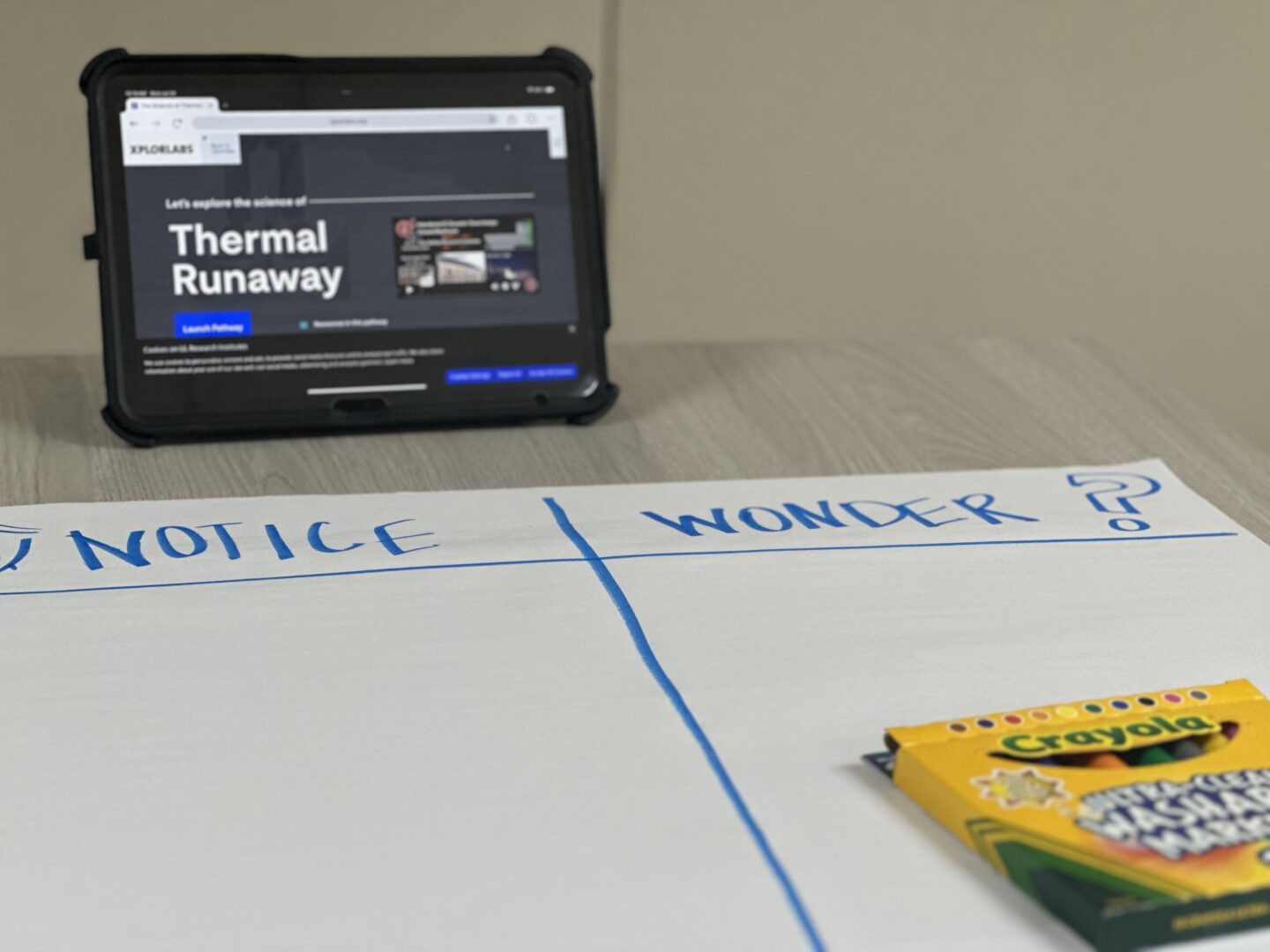
Students began their inquiry by viewing FSRI’s e-scooter experiments and the phenomenon of thermal runaway due to overcharging lithium-ion batteries. Students then worked through a series of investigations and reflections. The article details the professional learning community that developed across different schools to plan learning cycles, where the learning is driven by anticipating the students’ questions.
Evidence of learning suggested that students were not only interested and remained engaged throughout the experience, but they also demonstrated successful understanding of overcharging and how it could cause fires and were personally invested in what they learned. In their publication, Gilbert and Dubick describe students talking about checking the voltage on their phone chargers then deciding they needed to check for off-brand chargers in use around their homes.
One of the most notable takeaways from their teaching was not part of the formal instruction planning itself, but another connection a student transferred to life from Xplorlabs. In the classroom, a student noticed their laptop charger wasn’t compatible and notified others. As a class, they developed a plan to handle the incompatible chargers and keep their classroom safe, demonstrating real-world application of the knowledge they’d gained from the Xplorlabs experience investigating the science of thermal runaway.
“Seeing students understand overcharging and transfer what they understood to inform their behaviors are the real wins from teaching these lessons,” Gilbert said. “Then to have these experiences and outcomes amplified in a national publication where other teachers and students will benefit is exponentially fulfilling.”
In addition to this article, the National Science Teaching Association also highlighted the importance of understanding thermal runaway in a free webinar, “Safely Using Lithium-Ion Batteries in Our School Classrooms/Laboratories.”
PUBLISHED
